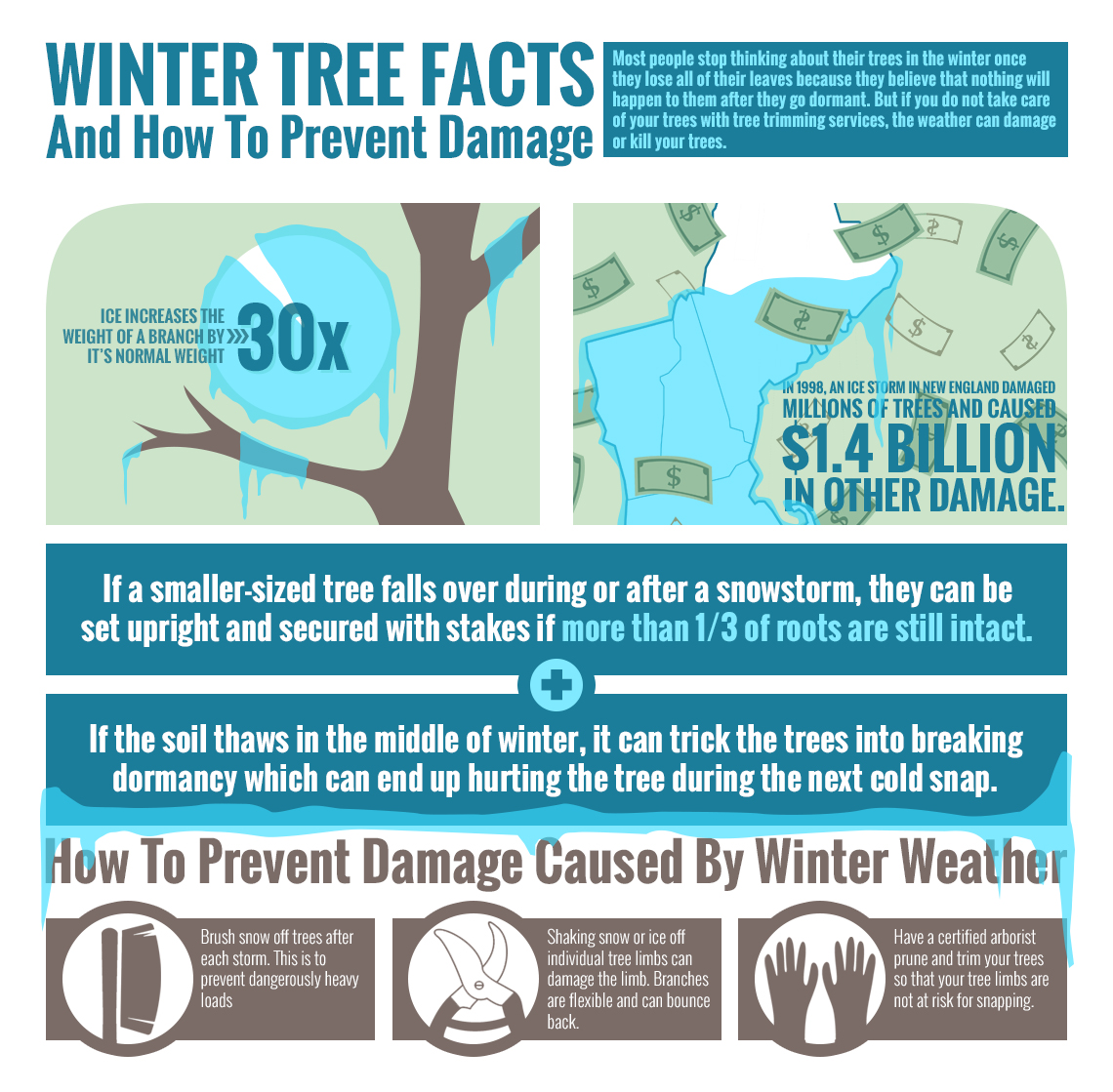Figuring Out The Correct Time For Tree Elimination - A Guide For Homeowners
Figuring Out The Correct Time For Tree Elimination - A Guide For Homeowners
Blog Article
Published By-Siegel Halsey
Trees include charm and value to residential property, however they can also posture a risk throughout severe climate occasions. If a tree has quit expanding, is exhibiting visible fungal development, or has a leaning trunk, it ought to be eliminated by an expert to stay clear of residential or commercial property damage and injury.
To get more information, participate in a homeowner source fair co-hosted by HPD, the Facility for NYC Neighborhoods, and Brooklyn-based real estate partners this evening in Bedford-Stuyvesant. The occasion will include the Homeowner Handbook, a brand-new overview to aid home owners navigate the obligations of having a home.
1. Dead or Dying Branches
Trees are an indispensable part of your home's landscape, providing shade and appeal. They additionally provide shelter for wildlife and produce oxygen, however even healthy and balanced trees can experience health problems that might demand their elimination. Dead or passing away trees aren't just unattractive, they can be unsafe. Their branches might fall during a storm, resulting in expensive building damages and injuries.
When a tree's branches start to die, it suggests that its framework is beginning to break down. If most of its branches are dead, it is most likely time to remove it.
Search for an absence of new development, bark peeling, open injuries or dental caries, fungis expanding on the trunk or origins and a basic appearance of degeneration in the entire canopy. https://www.bobvila.com/slideshow/the-most-beautiful-chicken-coops-we-ve-ever-seen-44309 of infection can suggest a severe problem that will require professional tree solutions to deal with.
2. Leaning Trunk
While it's typical for trees to lean from time to time because of phototropism, if a tree has a harmful or extreme lean that's not as a result of natural processes - it could be an indication that the tree requires to be eliminated. If the tree is favoring a high-voltage line, home, lorry, play structure or any other area that could be hazardous to individuals if it drops, then speaking to a specialist tree service for removal should be a top priority.
It's also essential to look for any sudden changes in a tree's leaning as it can suggest damages to the origins or trunk that might result in falling. This is especially real during thundercloud, because high winds and rain-soaked dirt can create a lean to transform quickly. Regular surveillance, especially throughout and after tornados can assist property owners recognize prospective issues with their trees so they can call an arborist for a complete analysis.
3. Bug Infestation
Some pest problems, such as wood-boring insects like emerald ash borer or sap-suckers like scale bugs, are so severe that they can trigger a tree to pass away. The very best way to stop pest infestation is to monitor your trees often. Try to find spots, holes, or discolorations in the fallen leaves and bark. Take a look at the trunk for splits and indications of insect damages, such as tunnels or tracks.
If a tree comes to be also plagued with insects, or is close to a home or high-voltage line, an arborist may advise elimination. If a leaning tree creates a brand-new, unpredictable lean, an arborist will likely suggest removal too to make certain the safety and security of people and home. If a damaged or dead tree continually drops extreme branches, it is a sign that it is time to get rid of the tree. If a tree remains to lose branches for an extensive amount of time, it can lead to architectural issues and possible home damage.
4. Damaged Trunk
Trees are a beautiful and important part of our landscape, yet they do call for routine care to maintain them healthy and balanced and safe. If a tree is damaged beyond repair it is most likely time for it to find down.
Look for landscaping jobs auckland of damage to the trunk, consisting of vertical fractures, joints, dead branch stubs, visible wounds or open tooth cavities and severe tree-rot. The presence of fungi at the base of the trunk is another warning indication. Fungis might indicate that the phloem and xylem (life-support tissues) are endangered, allowing for the spread of condition or a future failing.
Also, take into consideration whether the tree has actually quit expanding. Healthy and balanced trees will certainly have brand-new growth yearly, which may be visible as buds or branches sprouting and extending. If you don't see any type of new growth, it's a great idea to have an arborist evaluate the tree and follow their referral for removal. A dying or damaged tree can drop and cause building damage.